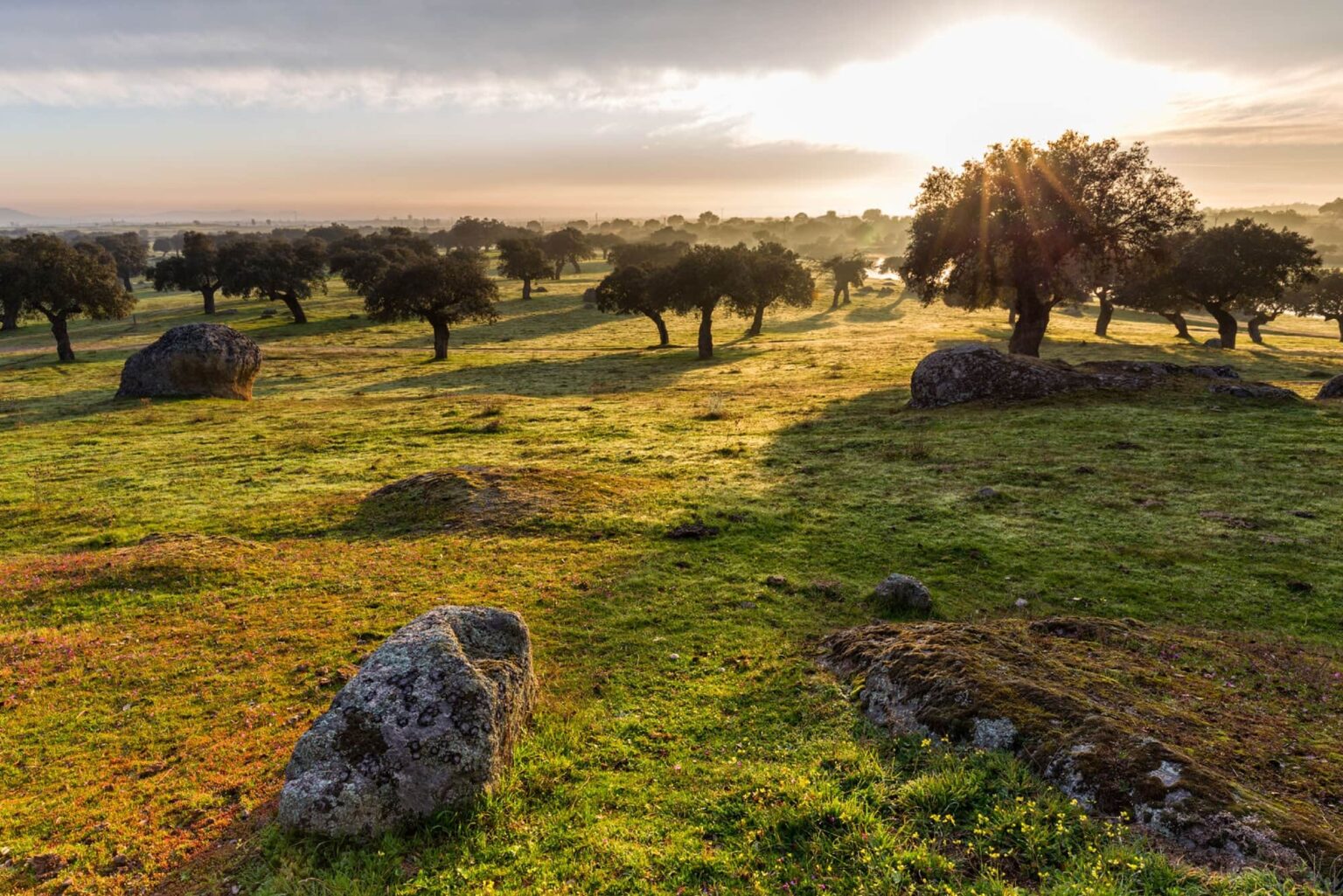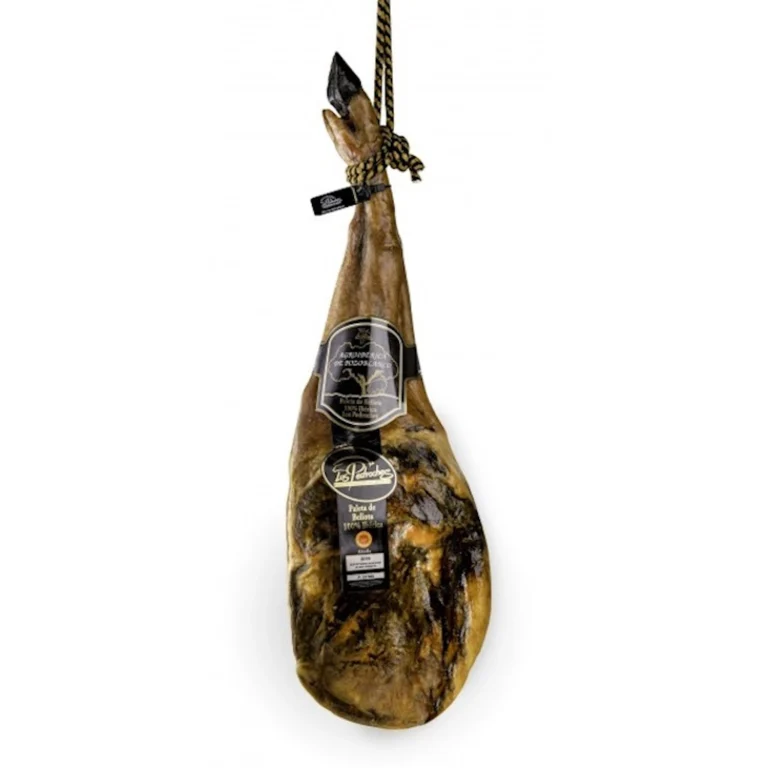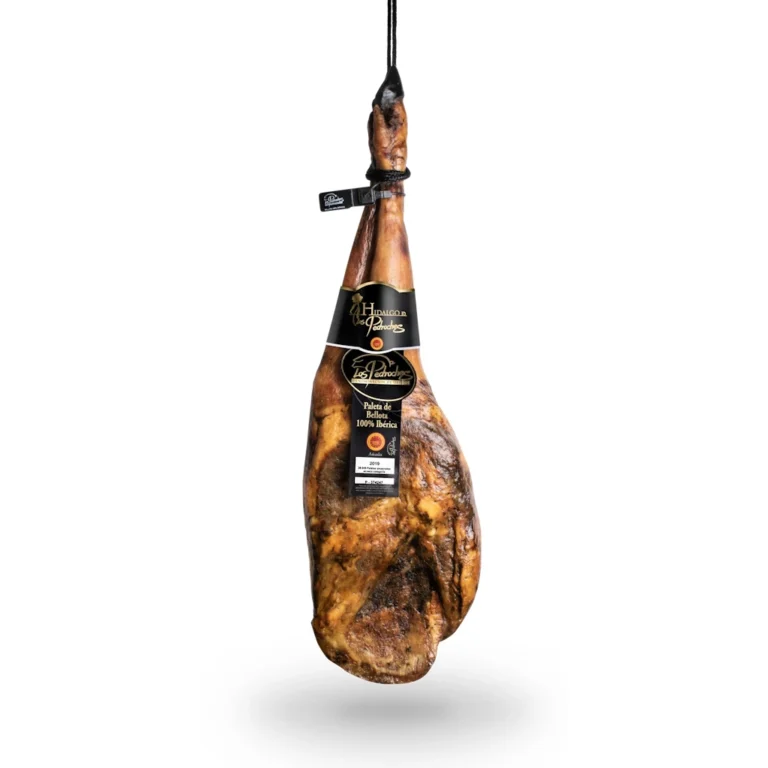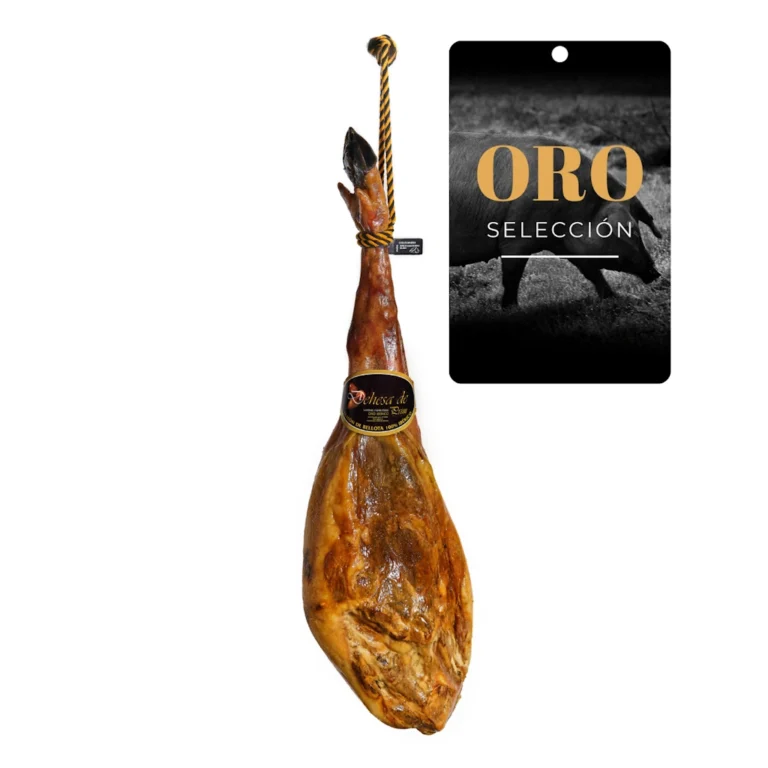Dehesas of Extremadura
- Production
Indice

Extremadura’s Dehesas: A Natural and Gastronomic Treasure
The Dehesas of Extremadura represent much more than a simple landscape; they are the beating heart of a region rich in biodiversity and ancient culinary traditions. This unique ecosystem, covering almost one million hectares, is a testament to the harmony between humans and nature, where the sustainable exploitation of resources coexists with environmental conservation.
A Unique Ecosystem
The Dehesas of Extremadura are home to the Iberian pig, a native breed that feeds on acorns during the montanera (free-range) period, giving the Iberian acorn-fed ham its unparalleled flavor and texture. This ecosystem is also home to a wide variety of flora and fauna, including holm oaks, cork oaks, brooms, birds of prey, and wild mammals. The interaction between these elements creates a natural balance that is essential for the health and productivity of the dehesa.
Gastronomy and Tradition
The gastronomy of Extremadura is closely linked to the Dehesas de Extremadura. In addition to acorn-fed Iberian ham, the region produces other delicacies such as Torta del Casar, La Serena, and Ibores cheeses, extra virgin olive oil, lamb, beef, and honey. The Sustainable Gastronomic Routes, promoted by the Extremadura Gourmet initiative, allow visitors to discover the origin of these products and their production, as well as enjoy tastings.
Sustainable Gastronomic Routes
The Dehesa de Extremadura Iberian Route is one of the most popular, allowing visitors to experience firsthand the natural habitat of the Iberian pig and the production process of acorn-fed Iberian ham. Other routes include the Cheese Route, the Olive Oil Route, and the Wine and Cava Route. These routes are designed to promote sustainable tourism and rural development, while preserving the region’s cultural and natural heritage.
The Dehesas of Extremadura extend throughout the region, but are especially abundant in the Tentudía and Sierra Suroeste regions of Badajoz, as well as in the surrounding areas of Campiña Sur. In Cáceres, the epicenters of the Iberian pig are the Sierra de Montánchez-Tamuja, Sierra de San Pedro-Los Baldíos, Las Villuercas, Valle del Ambroz, and Tierras de Granadilla regions.
A historical legacy
The Dehesas of Extremadura are also a historical legacy, with evidence of human occupation since prehistoric times. Archaeological remains and historical monuments are integrated into the landscape of the dehesa, creating a unique cultural heritage.
Tourism and Sustainability
Tourism in the Dehesas of Extremadura is based on sustainability, with a focus on environmental conservation and supporting local communities. Visitors can participate in activities such as hiking, birdwatching, visits to livestock farms, and tastings of local products.
Conclusion
The Dehesas of Extremadura are a natural and culinary treasure that offers visitors a unique experience. Their scenic beauty, rich biodiversity, delicious cuisine, and historical legacy make them a must-see destination for nature and culture lovers.
Nota importante: aceitedelcampo.com promueve el consumo del aceite de oliva virgen extra por sus cualidades culinarias y beneficios para la salud. No obstante, no debe sustituirse ningún medicamento o tratamiento actual sin la orientación de un profesional de la salud.
Productos que te pueden interesar
16,50 € – 320,00 €Price range: 16,50 € through 320,00 €
140,00 € – 156,00 €Price range: 140,00 € through 156,00 €



